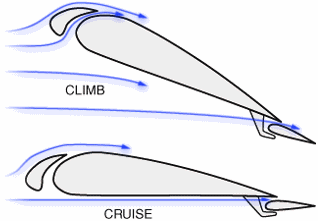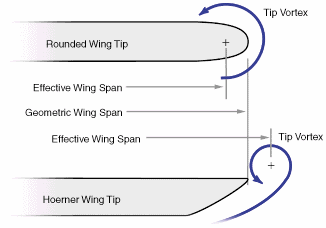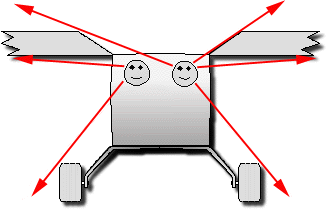As qualidades de um avião STOL CH 701 são bem definidas num artigo que encontrei no site da ZENITH. Sendo o CH 750 um projeto que comunga desses mesmos conceitos creio ser interessante darmos uma olhada nesse artigo.
"STOL 701 Design
HIGH-LIFT WING DESIGN
A short take-off and landing (STOL) aircraft must be able to fly at low controlled speeds, yet it must also offer acceptable cross-country (cruise) performance. The challenge is to design a wing with a high lift coefficient so that the wing area is as small as possible, while allowing for take-off and landing speeds that are as low as possible. Short wings make the aircraft easier to taxi, especially when operating in an off-airport environment with obstructions. They also allow for better visibility, and require less space for hangaring, while also being easier to build and stronger (less weight and wing span to support).
The STOL CH 701 uses a special airfoil design to achieve very high lift, low stall speeds, and high strength. A thick wing, full-length leading-edge slats and trailing edge ‘junker’ type flaperons develop a maximum wing lift coefficient of 3.10, while maintaining a short wing-span – for maximum strength and ground maneuverability.
The stall of the wing occurs at the highest lift coefficient on an airfoil, when the airflow can no longer go around the airfoil’s nose (leading edge) and separates from the upper wing surface. Conventional trailing-edge wing flaps help delay the stall to a higher lift coefficient, but only with limited effectiveness. However, by combining the use of trailing-edge flaps with leading-edge slats, the wing's lift coefficient can be effectively doubled if used on the full span of the wing.
What Are They and How Do They Work?
The leading edge slats allow the aircraft to fly at a high angle of attack (lower speed) by accelerating the air between the slat and the wing (venturi effect). The leading edge slats allow for steep climb angles of up to 30-degrees. For maximum reliability and to keep construction simple, the leading edge slats are engineered to remain in a fixed position in all flight attitudes, and do not retract (in level flight, the fixed leading edge slats have minimal effect on cruise). The full-length flaperons act as both full-span ailerons and full-span flaps. The flaperons have their own airfoil, and are hung below the wing trailing edge to supply them with fresh undisturbed air for maximum control effectiveness even at low speeds.
Leading edge slats prevent the stall up to approximately 30 degrees incidence (angle of attack) by picking up a lot of air from below, where the slot is large and accelerating the air in the funnel shaped slot (venturi effect) and blowing this fast air tangentially on the upper wing surface through the much smaller slot. This effectively "pulls" the air around the leading edge, thus preventing the stall up to a much higher angle of incidence and lift coefficient.
The disadvantage of leading-edge slats is that the air acceleration in the slot requires energy (it creates additional drag). While many STOL designs utilize retractible leading-edge slat devices, the additional weight, complexity, reliability issues and cost of such systems minimize their feasibility for use in light aircraft and their overall effectiveness.
At the wing tip, the STOL CH 701 design utilizes ‘Hoerner’ tips to maximize the wing’s effective lift area and to minimize wing tips vortices. Hoerner wing tips provide the largest effective span for a given geometric span or a given wing weight.
The wings are braced by dual steel wing struts, and are bolted to the fuselage at the cabin frame with four bolts for easy wing attachment and removal.
ABOVE-CAB WINGS: The aircraft wings are positioned above the cabin and fuselage - this allows for excellent horizontal visibility as the wings are located above the pilot’s head to provide pilot and passenger with superior visibility. In addition, the wings taper at the wing root to meet the ‘skylight’ top window – maximizing upward visibility, a feature especially useful in steep turns. While providing great visibility, the ‘above-cab’ wing design minimizes the frontal area of the aircraft to reduce drag, while also allowing the airflow to travel undisturbed from the propeller to the tail sections – further maximizing slow flight control of the aircraft.
STOL CH 701: Designed for superior visibility













